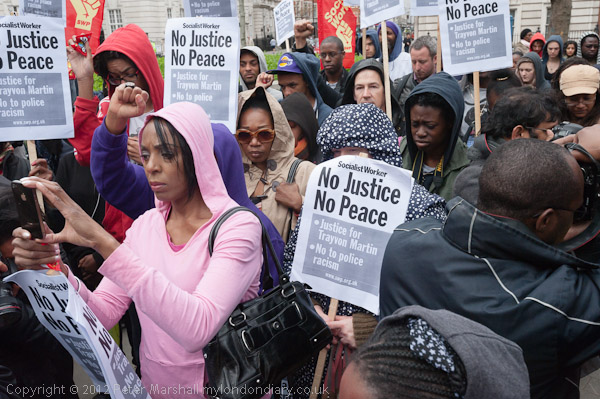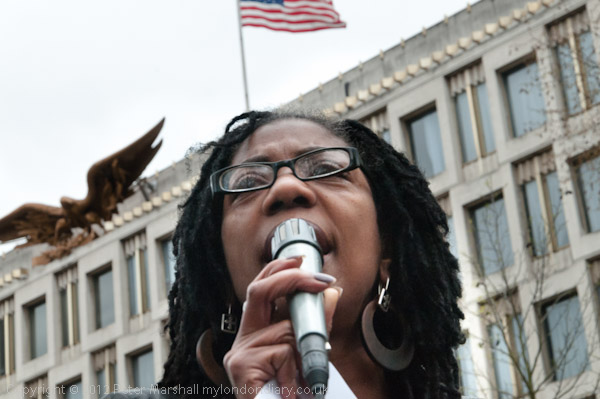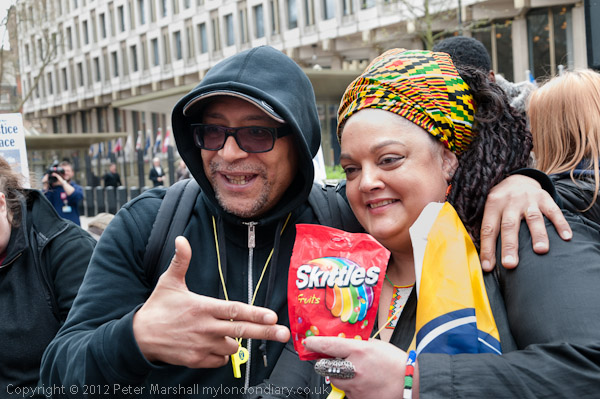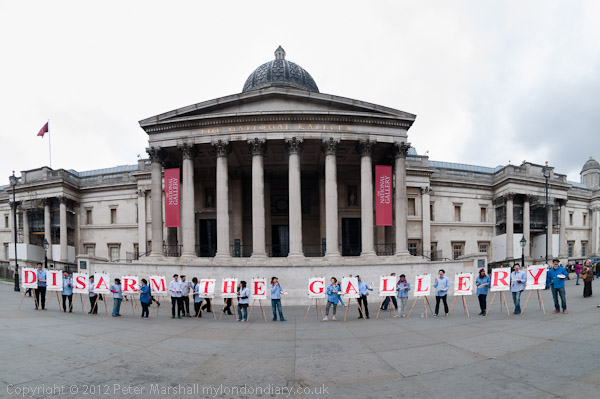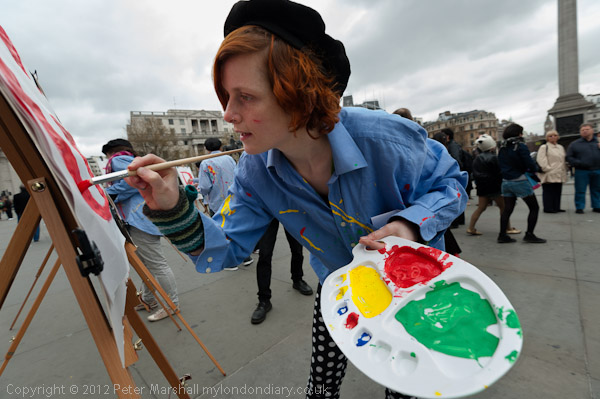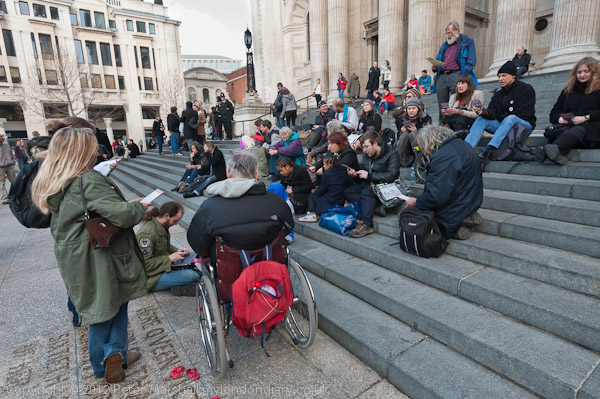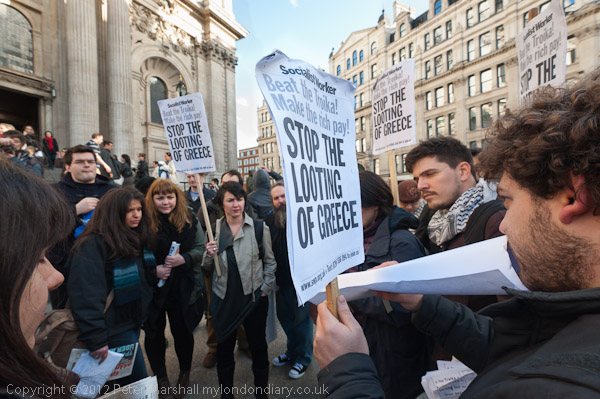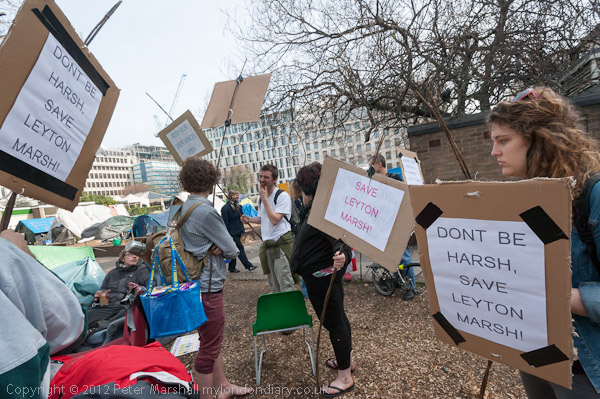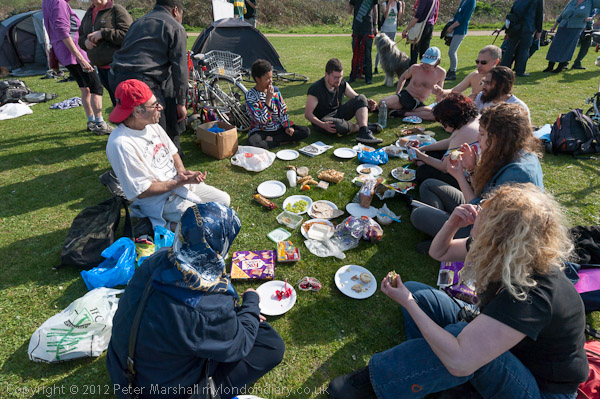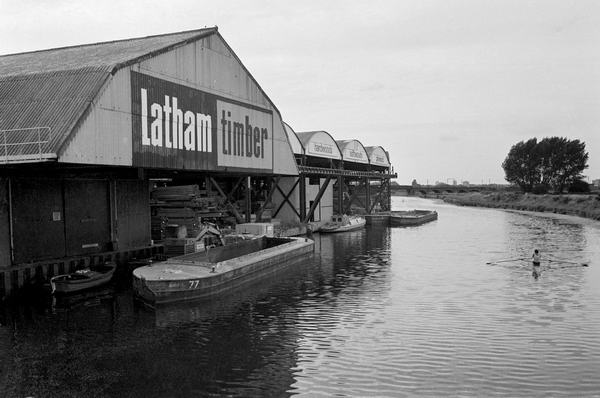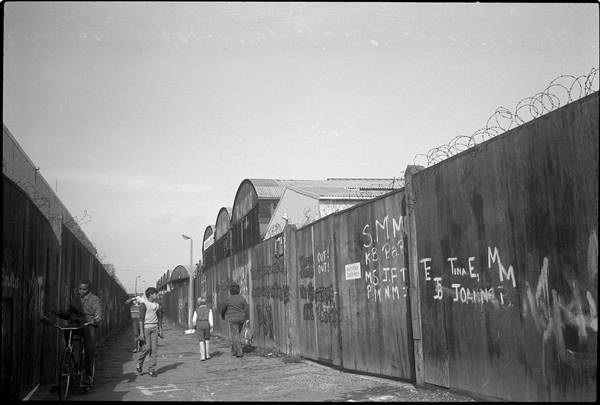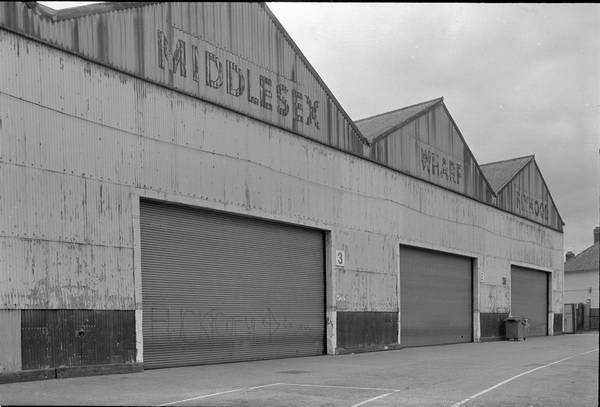I don’t like to crop pictures. Other than the slight adjustments that are sometimes needed to make the image a little closer to what I saw (or thought I saw) in the viewfinder, as even with digital SLRs the match is seldom perfect, and with some other cameras the differences are huge. Occasionally I’ll trim out an errant foot or bag or head etc that either wasn’t visible or I failed to notice on an edge, while usually keeping to the same aspect ratio. And just occasionally I’ll do rather more.
One of the first cameras I owned when I started out seriously in photography was a rough Russian copy of a screw fit Leica, and perhaps the way it most faithfully aped the original was the inaccuracy of its viewfinder. It’s always amused me that the high priest of anti-cropping who insisted on having his images printed in an oversize negative carrier so that the frame borders were visible, based on a philosophy of presenting the vision he saw at the moment of exposure had produced much of his early work on a camera which had such a poor correspondence between viewfinder and film image. It was perhaps a peculiarly French logic, and much though I admire his work and even adhere to his philosophy, I’m rather more of a realist and a pragmatist.
Of course, Henri Cartier-Bresson‘s purity was also tempered by expediency, and perhaps his most famous single image, that man attempting a leap across a puddle caught just before its inevitable watery end, is from less from the whole negative. He never cropped – except when necessary, something I think a good example to follow.
His attitude was made in a different environment to that we now exist in. Photographers were largely seen as craftsmen (they were mainly men) producing images for others to use, and were taught or expected to produce images that would be cropped. Many used cameras that produced a square format image, and deliberately photographed to allow their pictures to be cropped to landscape or portrait formats – the whole square was seldom used. ‘Filling the frame’ only really became important as a technical necessity with the introduction of what were then known as ‘miniature cameras’ that used 35mm film, particularly when using the fast films of the day (perhaps equivalent to ISO100) which were very grainy compared to later emulsions. It came in with ‘fine grain developers’ to do what their name suggests, as well as ‘acutance’ developers to produce apparently sharper results.
Now most photographs aren’t cropped, or at least not by the photographer, who shovels them on to Flickr and elsewhere usually straight from the camera, either unaware of the possibility of cropping or lacking any feeling of responsibility for the image. Though of course the on-line print services impose their standard unthinking crop on all they touch, just as the photo-finishers used to.
Anyway, here is one that I cropped:
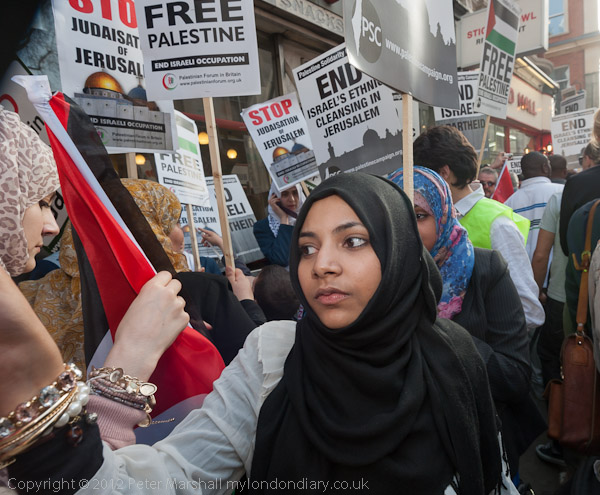
and here is the full-frame version:

As you can see it has a problem. I was working in a very crowded area in a narrow pen for protesters opposite the Israeli embassy on Palestine Land Day, and making my way through the crowd the lens hood on my 16-35mm had been knocked out of position, producing the vignetting at top left and bottom right. Things were happening pretty fast and despite the obvious intrusion I took 8 frames in the few seconds before I noticed it – so much for my seeing everything in the frame! Working very wide-angle at speed it becomes impossible to examine every corner.
The 16mm actually makes things look rather less crowded than they were, and the woman’s wrist was very close to me. Now I’ve pointed it out, the lens hood at the top left of the cropped version is pretty obvious, but I don’t think otherwise it is too intrusive. If it had not been for the problem I had, I might well have cropped the original a little, as there is too much of the back of the woman on the right, and perhaps the Palestinian flag on the placard at the top pulls the attention away from what made me take the picture. Removing it does make the text ‘Free Palestine’ more important in the image.
Lens hoods are one of the weaker aspects of the Nikon system, although my habit of walking them into lamp posts doesn’t help. I’d done it with this one a couple of days earlier, and it hasn’t quite recovered, but better to damage a lens hood rather than around a thousand pounds of lens. Time though to go on e-Bay for another lens hood, though not a Nikon original as the copies are better and roughly a tenth of the price.
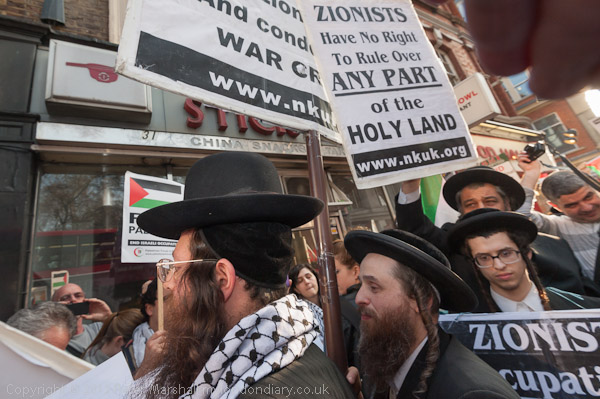
This is one I didn’t crop from the same event, with the anti-Zionist Neturei Karta Jews making their way through the same pen. It was evening and the sun was low and streaming in from the top right, and the lens hood didn’t cut the flare – so those are my out of focus fingers at top right. The framing is very tight on three sides of the image and it would lose too much from any crop. Somehow I don’t mind the irregular shape of those fingers – and they could have been a real part of the subject.
The main trouble I had covering the event was with the police, who just were not happy with me standing where I thought a photographer needed to stand, and I spent some minutes arguing with several officers to be able to photograph from in front of the barriers. Later a woman officer spent a minute or two trying to push me through a barrier while I was busy taking pictures and ignoring her before turning round to ask her to stop pushing me around; she wasn’t happy. But it certainly isn’t the job of police to get in our way and I was really behaving very reasonably while trying to insist on my rights and telling the police they were unreasonable. At least we can usually do that in London – but I certainly wouldn’t try it in Greece.
Eventually the resistance by myself and others paid off and the police did more or less stop harassing photographers, or at least those like me who do their best to keep out of the way of both police and the public. As well as the images where I had problems I took others that I think worked – which you can see on My London Diary in Palestine Land Day: Solidarity For Jerusalem.
________________________________________________________
My London Diary : Buildings of London : River Lea/Lee Valley : London’s Industrial Heritage
All photographs on this and my other sites, unless otherwise stated are by Peter Marshall and are available for reproduction or can be bought as prints.
To order prints or reproduce images
________________________________________________________
